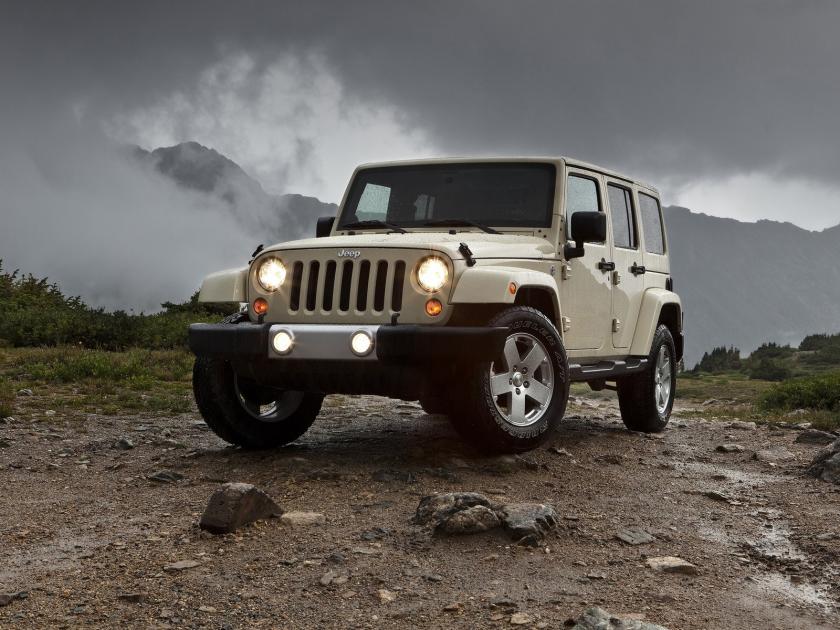 |
The History of
Jeep
Here you can briefly learn about the long-standing, prestigious history of Jeep, from its roots in WWII, to the modern day and age. Contrary
to popular belief, the name Jeep
is not derived from "general purpose". It was a combination of two
factors, one was the "Eugene the Jeep" character from the Popeye comic
strip. The other was the popular war jargon term from the first world
war which regarded and piece of unproven or untested piece of military
equipment as a "Jeep". When the first Willys hit the battlefield, the
soldiers did not know of its capabilities, causing it to be labeled a
"Jeep".
All Jeep vehicles have the trademark 7-slot front grille design, which is recognizable almost everywhere. Click on the links below to jump to the decade you want! 1940's and World War II During the dark days of WWII, the US Army needed all-puropse vehicles for mass production for the war effort. Willys, the original name of Jeep, made their first model, the MA in 1941. IT was very reliable, but was soon replaced in 1941 by the Willys MB. The MB was better in every way, and was the first Jeep to be mass-produced. It was used widely throughout WWII, from 1940-1945, saving lives while helping defeat the Axis. General George C. Marshall regarded the MB as "America's greatest contribution to modern warfare".  Willys knew that since this style of their cars was effective on the battlefield, it will be popular on the civilian market. As a result Willys made their first mass-produced civilian vehicle, the Jeep CJ-2A. 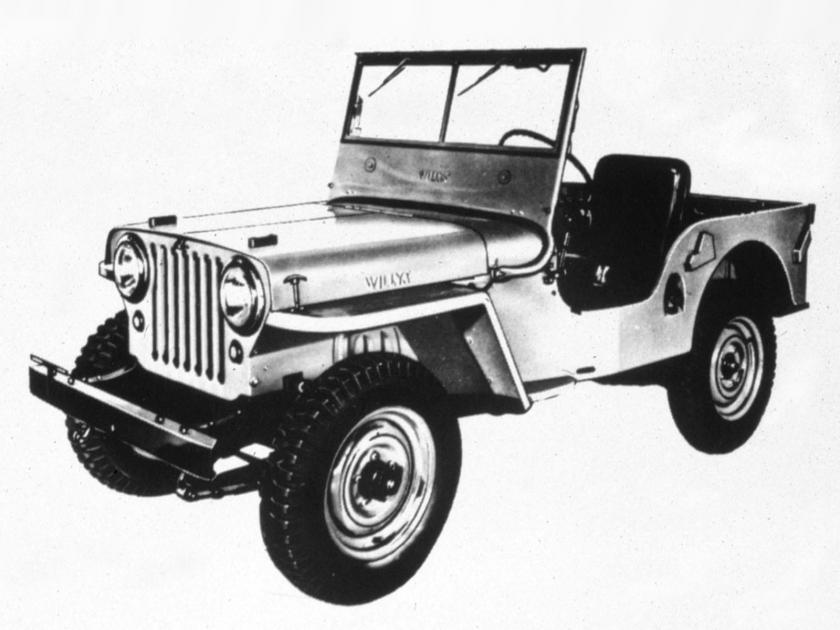 Back to top 1950's Keeping their military tradition, Willys made the Jeep M38 which served in the Korean conflict. It had a stronger frame and suspension, which was an update from the WWII vehicles. 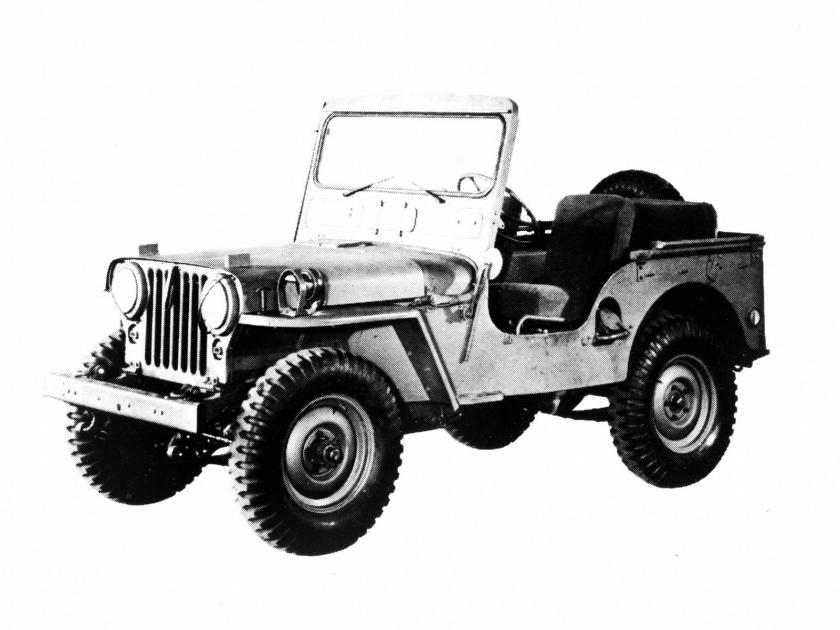 The M38 was soon upgraded, with its new version the M-38A1. This is considered one of the best Jeeps ever built, and is no doubt the greatest Jeep to be involved in military use. It could mount weapons, such as a .50 cal machine gun and a Davy Crockett Missile Launcher, which could launch tactical nuclear weapons. In 1953, Kaiser Industries bought and attained Willys, but Kaiser was determined to keep the Jeep vehicle line alive. They introduced their first civilian vehicle a year later, the Jeep CJ-5. It was closely modeled after the military Jeeps, and the all-new V6 engine was added as an option, causing its owners to frequently drive it off the beaten path. 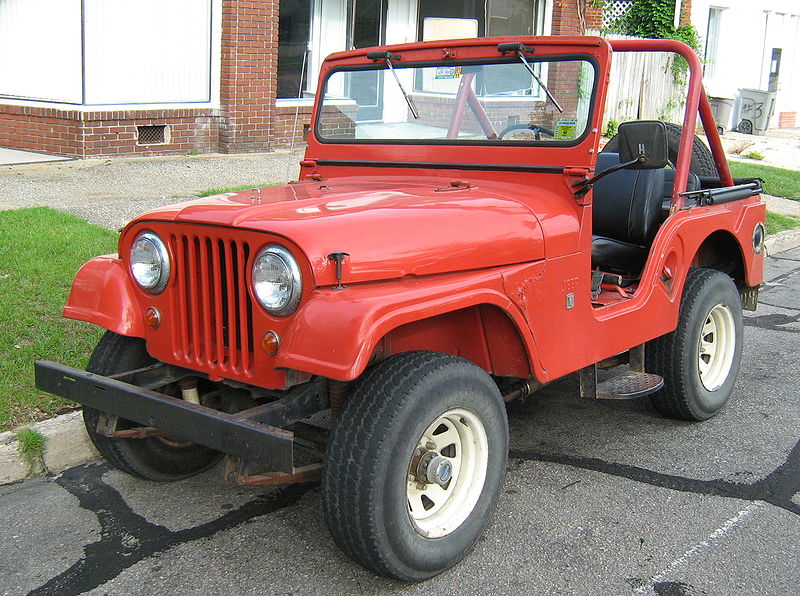 Back to top1960's Again, keeping the military tradition alive, the M-715 was made. It was constructed completely out of civilian components, being made from the Gladiator pickup truck, making it the first of its kind. In 1963, the company changed its name from Willys motors, to Kaiser Jeep. Although Kaiser attained Willys years before, the name of the whole company did not change until now. In the same year, the Jeep Wagoneer was introduced. It was designed to implement passenger-civilian car aspects with the innovative luxury of four-wheel drive and was a huge success. 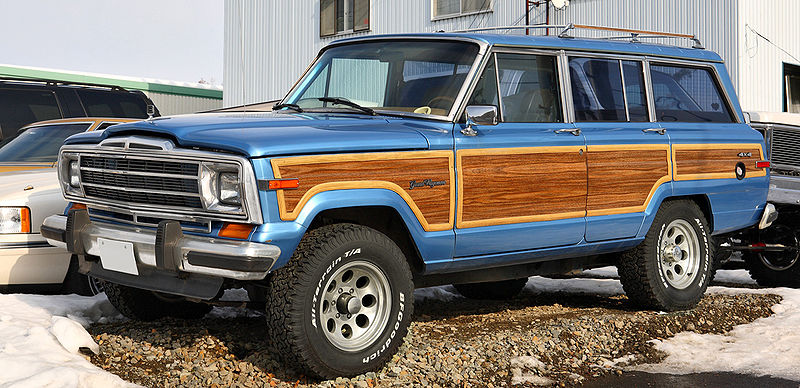 Back to top1970's Following the success of the Wagoneer, the Jeep J-10 was introduced as a pickup truck with the styling of the Wagoneer. Also,
the CJ-7 was revealed as a
follow up to the uncanny success of the
previous entries of the CJ series. Improvements included greater
stability and the option of Quadra-Trac,
an automatic transmission four-wheel drive system.
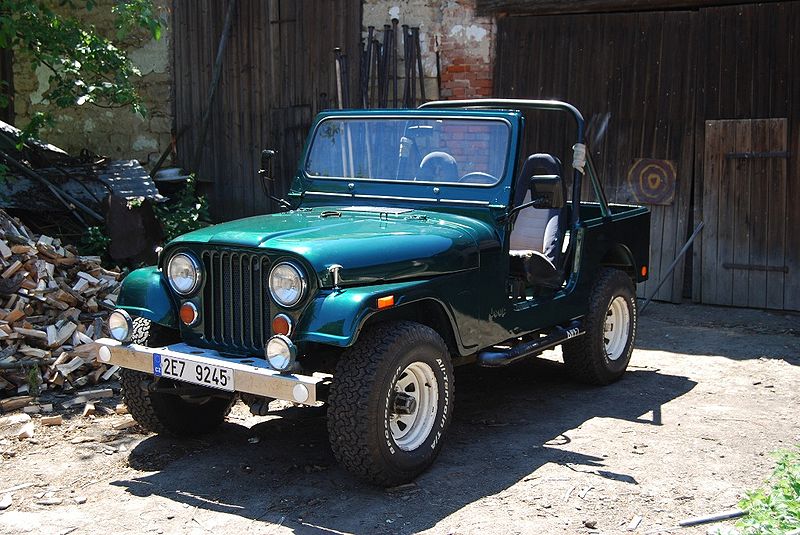 In 1974, the Jeep Cherokee, one of the initial trademarks of the genre was released. It was a two-door version of the Wagoneer, and was the first in the long line of Cherokee variants, including the Grand Cherokee. 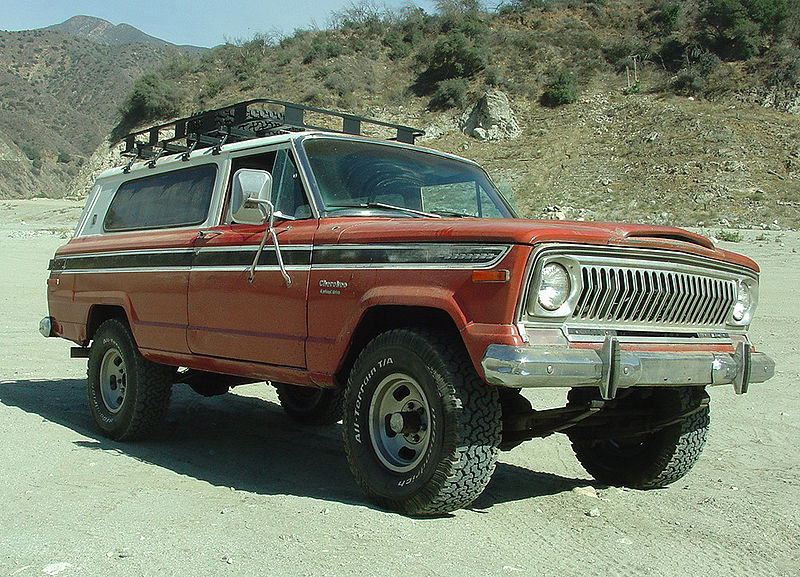 Back to top1980'sIn 1984, the revolutionary Jeep Cherokee XJ was put on market. It was a compact SUV that was a bit smaller, lower, and half-ton lighter than its predecessor, the SJ Wagoneer. It is very versatile, which makes it extremely popular on the market even to the present day. It was also named "4x4 of the year" by three magazines in its debut year of 1984. 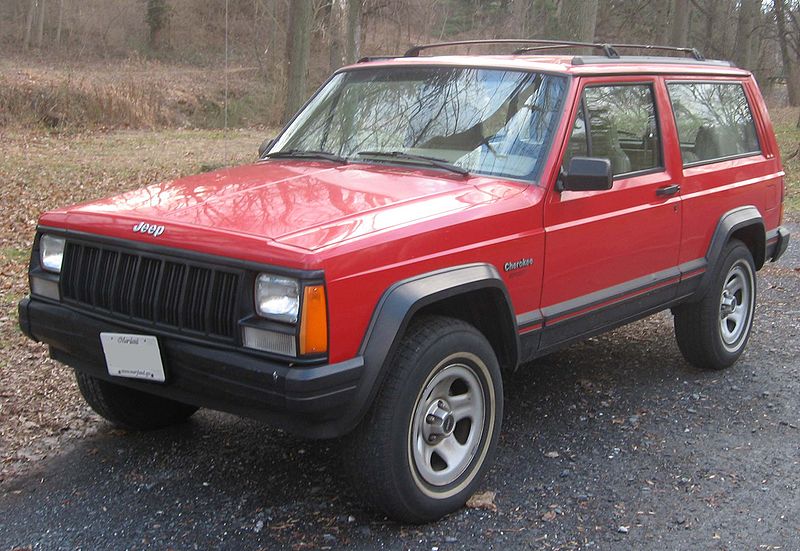 With the Jeep series purchased by AMC a few years before, the company set out to further improve on the already incredibly successful brand. Also, in 1986, the Jeep Comanche was introduced. It was the last pickup truck of the Jeep series. It was essentially a pickup version of the Cherokee XJ, and was met with success. In 1992, the last Jeep pickup truck was made.  In 1986 the undeniable trademark of Jeep, the Wrangler, was born. It was more comfortable and had more features associated with a passenger car, which is what consumers wanted at the time. Initially, the Wrangler was met by extreme opposition because of its square headlights (most Jeeps at the time had round headlights) and of its close similarity to the Cherokee instead of the CJ-7, which the Wrangler was modeled after. The Wrangler improved ride comfort and appearance while keeping the style of the popular CJ-7. 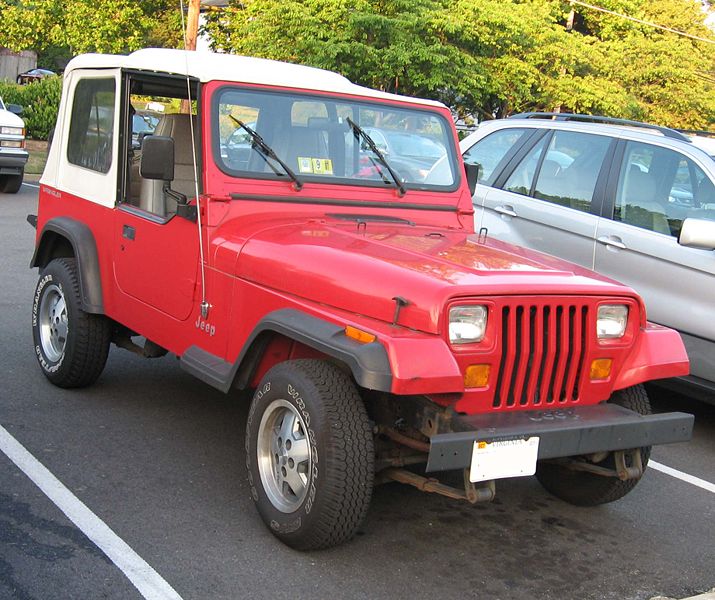 Back to top 1990's In 1996, the Wrangler was redesigned for the better. The Wrangler TJ reverted back to the much-loved classic style of the CJ-7, while improving massively on the mechanical aspect. It kept many classic Jeep features, such as the fold-down windshield, removable doors and the beloved round headlights. Many other improvements, like a larger fuel tank, came with the years, making the Wrangler one of the sturdiest, most fun rides around. 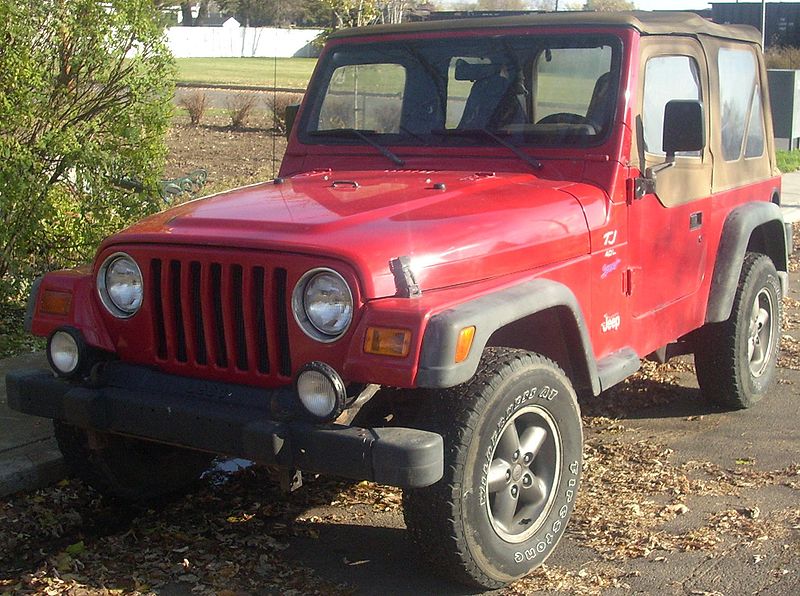 In 1999, another iconic model was made. More powerful and larger than its predecessor, the Jeep Grand Cherokee was an immaculate mix of a passenger car and an off-road vehicle. It's handling was vastly superior to the Cherokee's, and it has been labeled as even a sort of luxury car because of its finesse. Nevertheless, its ability to blaze trails is uncanny compared to those in its class. 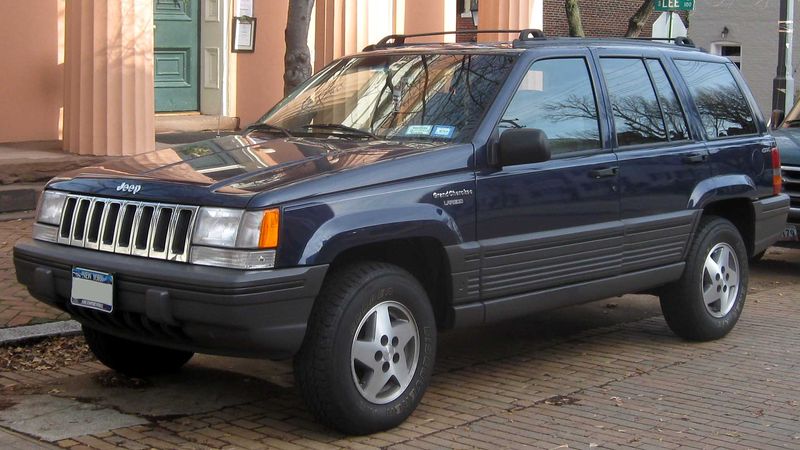 Back to top 2000's- Present Chrysler, the owner of the Jeep series, and Mercedes-Benz merged, introducing drastic changes for Jeep for the better. When 2002 rolled around, the best-selling entry level SUV came out, the Jeep Liberty. It replaced the Cherokee XJ, and was a very suitable and successful replacement and is one of the most popular Jeeps out there.  The best-equipped Jeep to ever hit the market, the Wrangler Rubicon, was introduced in 2003. It included many features for those who loved to stray from the beaten path, such as rear disc brakes, diamond-plate rocker-guards, and push-button locking axles on both the front and back. The name Rubicon is derived from the famous trail race. A year later, Jeep constructed a longer Wrangler with more passenger and cargo space, the Wrangler Unlimited. 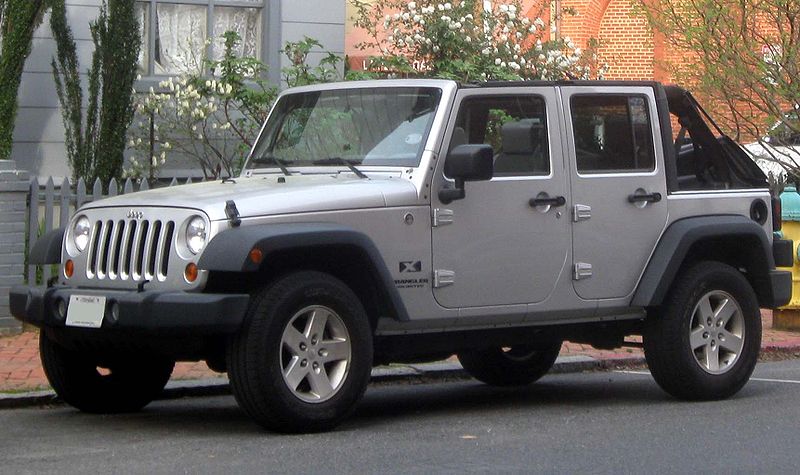 Straying from the rugged, off-road aspect that Jeep is famously known for, the Jeep Commander was made as more of a passenger SUV than a trail-rated machine. It was based on the Grand Cherokee, but was distinguished from it by a boxy design, like the Wrangler. 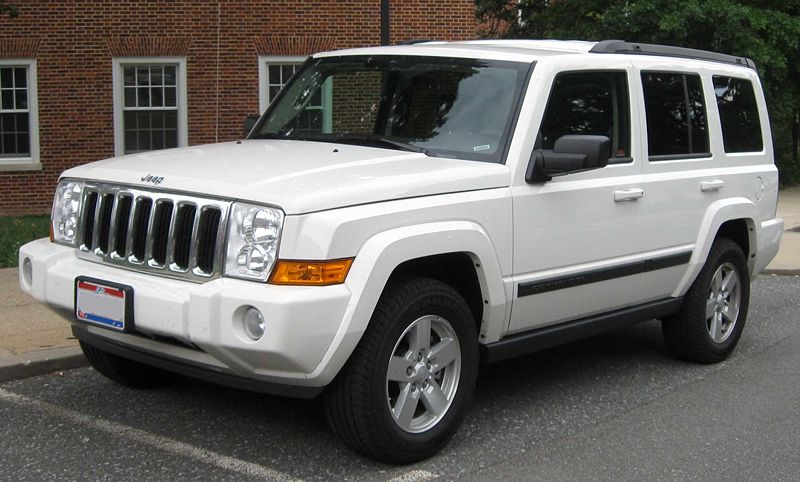 Back to top |
|